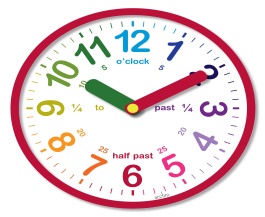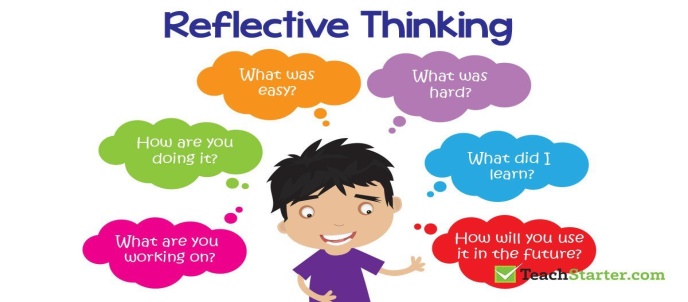|
Beginning of the
lesson
Warming-up

3
min.
Pre-learning
«Brainstorming»
method
7 min.
|
Organization moment
:
1.Greeting.
Ask about the
weather.
The teacher sets the
lesson objectives, letting students know what to anticipate from
the lesson.
Warming
up
Where are you
from?
How old are
you?
What color is
it?
How many students
are there in class?
What day of the week
today?
Hand out the completed Progress Report Cards for
the previous module and ask the pupils to file them in their
language.
Lead –
In

|
The aim: To
develop pupils speaking skills and create friendly
atmosphere
Efficiency: By
wishing each other they feel better and feel the support of
others
Students of the class are
listed.
Students' attention is drawn to the
lesson.
Students say different words from the
picture
•Learners remember
previous lesson
vocabulary
•Learners answer the
questions
What time do you get up every
morning?
What time do you go to
school?
What do you do after the
lesson?
|
The
teacher to assess learners for their
ability.
“Good job!
Well done!”
Formative
Assessment

Good
job!
Descriptor:
- remembers the lesson
passed
Point
1
Assessment
criteria
make basic
statements related to personal information,
people and objects on familiar topics
and a
treasure hunt
|
Pictures
worksheet
Picture
|
|
Middle of the
lesson
Presentation
part.
30
min
|
Ex:1
P:37
• Ask
the pupils to look at the pictures on p. 34 and have a picture
discussion. Elicit anything the pupils may know about them. (e.g.
Do you know what a dombra is? Can you play a dombra?). Explain the
activity. Go through the sentences and elicit/explain any unknown
words. The pupils answer the questions orally first, then in
writing. Allow the pupils some time to complete the activity. Check
their answers.
Ex: 2 P:
37
• Put your pen in the book,
write and say: There's a pen in the book. Underline the word in
bold. The pupils repeat after you. Follow the same procedure and
present the rest of the prepositions (out of, in front of, up,
down, behind, opposite, on,
under).
• Refer the pupils to the
pictures and have a picture discussion. Ask the pupils if they know
what a treasure hunt is and elicit answers. Read aloud the text
while the pupils follow in their books. Alternatively, you can ask
the pupils to read it aloud. Explain the activity. Go through the
questions and elicit/explain any unknown words. Allow the pupils
some time to read the text silently and complete the activity.
Check their answers.
Conclusion during the lesson some tasks
differentiated by outcomes of the students and by their
abilities.
|
• learners
look at the map and
answer the question
ANSWERS
2 Kaindy
Lake
3
Apples
4 The Bayterek
Monument
5
Sherkala
6 Singing
Sand
7 A
dombra
8 An
eagle
• learners read and answer. Write in your
notebook.
ANSWERS
2
On 29th September.
3
11
4
In the park.
5
6
6
Behind the tree.
7
In a box opposite the
|
Descriptor:
-understand general
idea
-
complete the activity
T

otal:
3 point

Self
assessment
Differentiation: «Verbal support» method is used to help Ss use new words in the
sentences.
Descriptor:
- read aloud the
text
-
answer questions
Total: 3 point
-Make CCQ questions Yes /
No
|

Card
Worksheet
Students
book
|

























